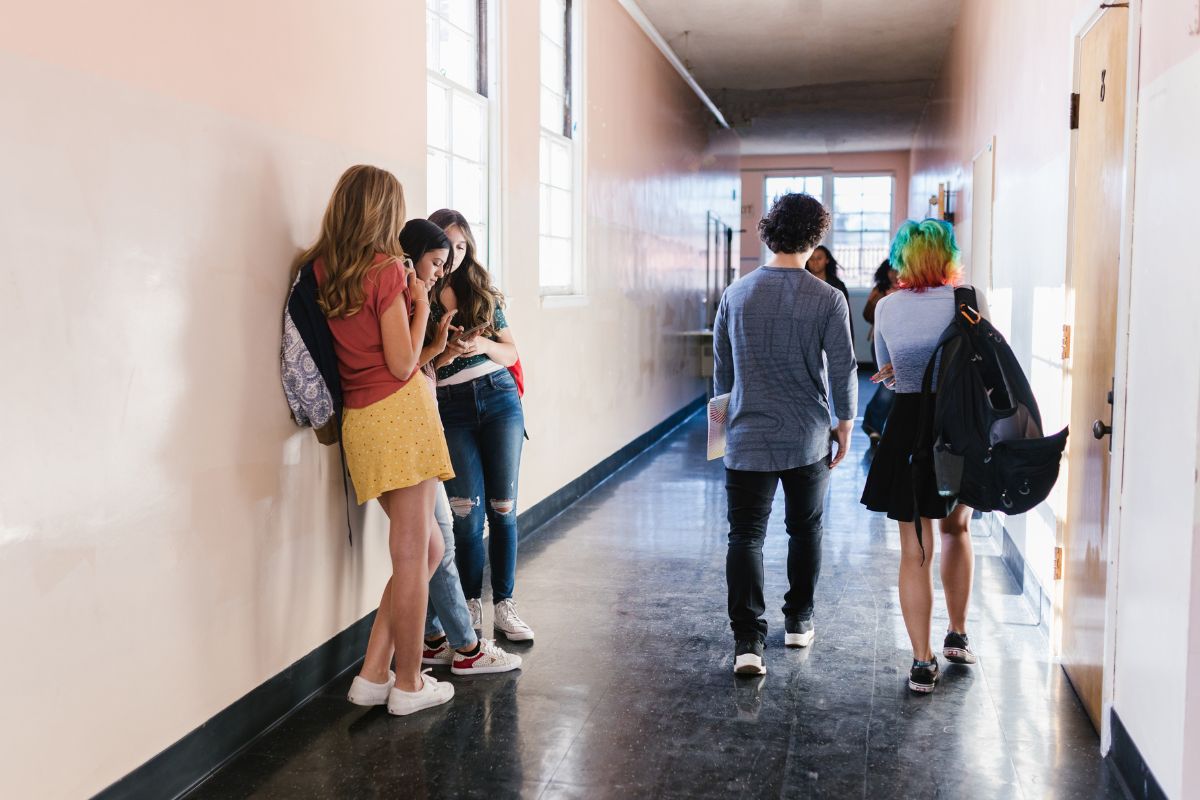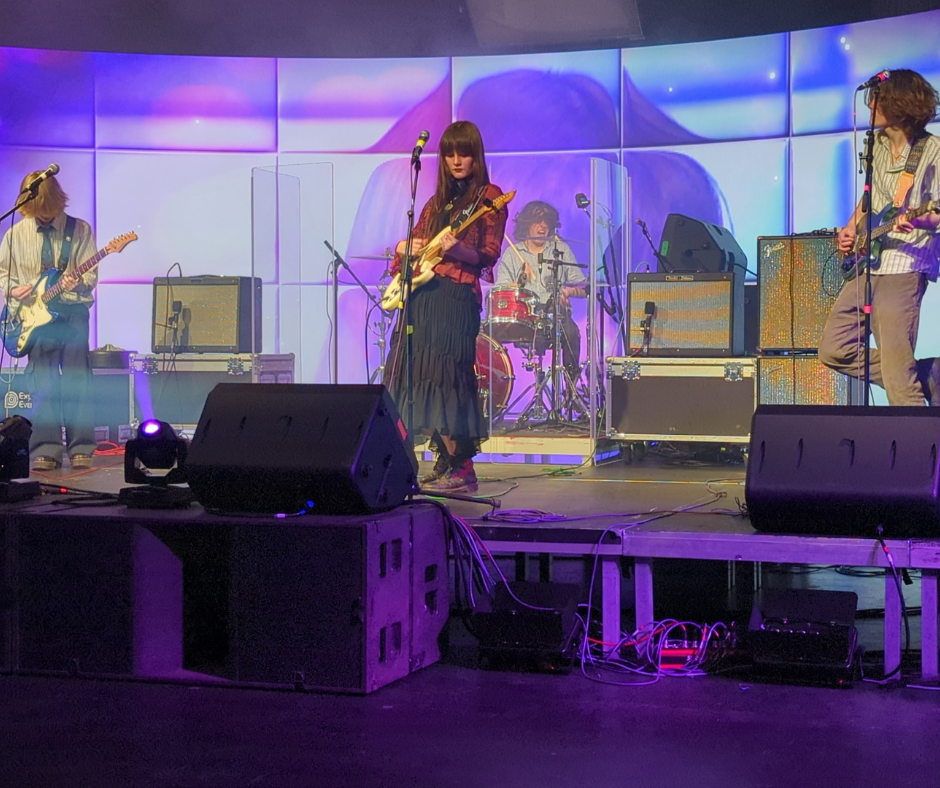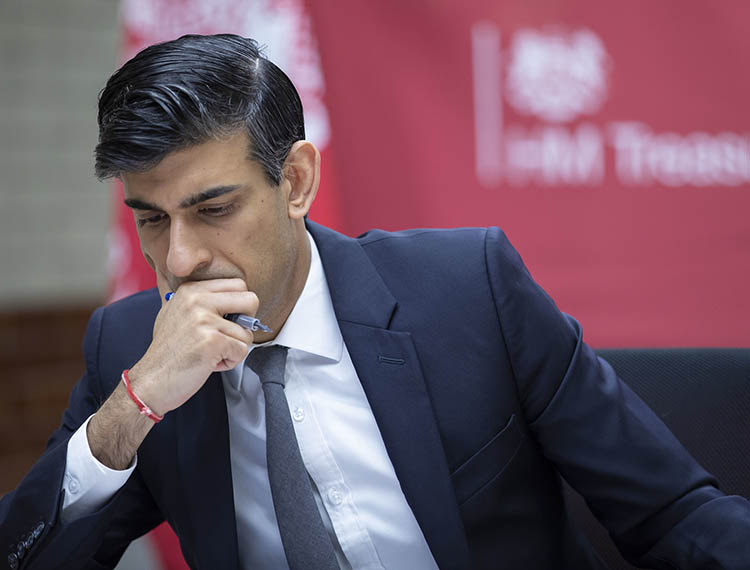Figma and Chromebook: Empowering the next generation of designers

Today, we’re launching a first-of-its-kind partnership with Google for Education to bring Figma and FigJam directly to Chromebooks, the most popular personal computing device for students. This partnership will allow school districts to deploy and manage Figma Organisation licenses from Google Admin Console for free, giving tens of millions of US students the opportunity to access industry-standard design tools on their personal school devices. Schools can now apply to participate in the beta, starting this summer.
Specialised degrees and expensive hardware and tooling shouldn’t be a barrier to entry for learning critical design, collaboration, and problem solving skills. That’s why education has always been core to Figma’s vision of making design accessible to everyone—a value we share with Google. Many students have limited access to design tools, with most software installed directly onto school-owned desktops which limits students to once-a-week or extracurricular sessions at a computer lab. Now, with Figma and FigJam on Chromebooks, students will be able to brainstorm, collaborate, and design anytime, anywhere on their personal school devices.
As the world becomes increasingly digital, having exposure to digital design and collaboration tools becomes more important. Design-centric companies outperform their peers 2:1, which means that these skills aren’t only essential for designers, but for every discipline working today. Empowering teachers to prepare their students for the jobs of the future is critical.
We sat down with Figma co-founder and CEO Dylan Field to discuss why he thinks design education is more important than ever, chat about his own path to discovering design, and how teaching students design fluency will fundamentally shape our digital-first future:
- What excites you most about this new partnership with Chromebook?
I’ve been obsessed with Chromebooks since they first came out. The idea of a laptop that’s cloud-connected and accessible—without being cost prohibitive so that it can be adopted by kids across the world—was pioneering. From day one, it was a goal to make sure Figma worked on Chromebooks. I hope that bringing Figma to more schools through Chromebooks gets more students excited about design, creativity, and the future of software.
- What feedback have you already heard from teachers?
We’ve heard from teachers that students are now more engaged and excited to come to class. Students who previously had no exposure to design are now interested in studying design after graduating. And for many students, it’s not just about design, but also about flexing a creative muscle. Teachers tell us that students take on fun side projects at home in Figma, simply because they love making things. Plus, many teachers use FigJam for icebreakers or collaborative exercises. It’s increasingly becoming a place where they can work, collaborate, and come together as a class.
- Design education has always been a priority for you—even in the early days of Figma. Why does it feel especially vital right now?
It’s been a wild last ten years for design, for the internet, and the world of software. I think the pandemic really accelerated the timeline of everything moving from physical to digital.
Now it’s more important than ever for students to develop skills around design and visual communication. Design helps students with complex problem solving, collaboration, and creative expression, skills every student will need to thrive in the future. We either can live in a world where people with fancy degrees have access to opportunities to do more work in design and in software, or we can live in a world where everyone has access to those opportunities. Figma is dedicated to the latter.
- Why is it important to make Figma free for schools?
In college, I became interested in design after interning at Flipboard, a social news app, twice: first as an engineering intern, then later as a design intern. At the time, I looked at the creative tools that were available, and they cost so much. Most students don’t have money to spend on expensive software. So when my co-founder Evan and I decided to start Figma, we knew it needed to be free. From our own experience, we intuitively understood how important it would be to get tools and software in front of students, and to make it so they have access to opportunities.
We’re still early in our journey to make design education more accessible and we’re excited to keep supporting initiatives in this area.
- Beyond access to tools and resources, what else do students need to be set up for success?
There are a lot of different educational philosophies and I don’t pretend to be an expert. I do think that when it comes to making things and learning design skills, play, hands-on experience, and project-based learning are incredibly important. I went to an amazing public high school called Technology High School, and we had a really neat project-based learning curriculum. The school bundled science and engineering, and engineering was a “mandatory elective.” (I know, it’s a bit of an oxymoron.) Everything you did in science, you would then back up with engineering projects in order to make sure you’re thoroughly learning the topics.
Oftentimes, we went through what I now consider to be a design process. We’d explore wide, then, after we diverged, we converged, picked a direction, and executed on it. Despite that approach, the word design scared me for a long time. I didn’t know what it meant. It took me a lot of working with designers in a professional context to feel comfortable owning that I might actually have experience around this concept of design.
I don’t want that to be the case for students. I want them to have access to all facets of design—not just interface design, but also design thinking, creative problem solving, and collaborative workflows. I hope that Figma and FigJam will be an approachable entry point to the world of design. I want them to know that they too can design the future.












Responses